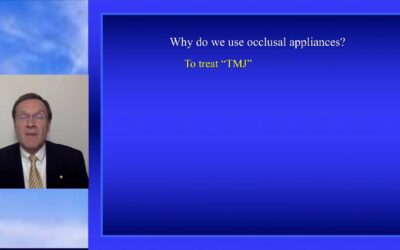Duration: 44 minutes, 13 seconds
Author: Dr. Chemal Taner
**The Trajectory of Zygomatic Implants in the Restoration of the Severely Atrophied Maxilla: The Intra and Extra Maxillary Approach** **Introduction** **1. Understanding the Severely Atrophied Maxilla** – Definition and causes of severely atrophied maxilla – The impact on patients’ oral health and quality of life **2. The Need for Dental Restoration** – Challenges faced in restoring severely atrophied maxilla – Traditional treatment options and their limitations **The Use of Zygomatic Implants** **3. Overview of Zygomatic Implants** – Definition and purpose of zygomatic implants – Advantages over traditional implants in cases of severe maxillary atrophy **4. Intra Maxillary Approach for Zygomatic Implant Placement** – Explanation of the intra maxillary approach – Surgical procedure and technique involved – Benefits and considerations of this approach **5. Extra Maxillary Approach for Zygomatic Implant Placement** – Explanation of the extra maxillary approach – Surgical procedure and technique involved – Benefits and considerations of this approach **Efficacy and Success Rates of Zygomatic Implants** **6. Evaluation of Efficacy** – Analysis of clinical studies and research – Success rates of zygomatic implants in restoring severely atrophied maxilla – Comparison with traditional implant techniques **7. Long-term Results and Patient Satisfaction** – Assessment of long-term stability and function of zygomatic implants – Impact on patients’ oral health, aesthetics, and quality of life **The Trajectory of Zygomatic Implants** **8. Understanding the Trajectory** – Explanation of the trajectory concept in zygomatic implant placement – Factors influencing the trajectory and its significance **9. Impact on Oral Health** – Evaluation of the effects of zygomatic implants on oral health – Maintenance and care considerations for patients with zygomatic implants **Optimal Approach for Zygomatic Implant Placement** **10. Factors to Consider in Choosing an Approach** – Patient-specific factors to consider in selecting the approach – Assessment of bone quality and quantity – Professional expertise and experience **11. Optimal Approach Recommendations** – Factors influencing the choice between intra and extra maxillary approaches – Guidelines for selecting the most suitable approach for each patient **Conclusion** In conclusion, the use of zygomatic implants in the restoration of the severely atrophied maxilla offers a promising solution for patients facing significant bone loss. This article has explored the intra and extra maxillary approaches for zygomatic implant placement and evaluated their efficacy and success rates. Furthermore, the trajectory of zygomatic implants and their impact on patients’ oral health has been discussed. By considering various factors and patient-specific considerations, dental professionals can determine the optimal approach for zygomatic implant placement in each case, leading to improved outcomes and patient satisfaction. **FAQs (Frequently Asked Questions)** 1. Can zygomatic implants be used in all cases of severe maxillary atrophy? 2. How long do zygomatic implants typically last? 3. Are there any risks or complications associated with zygomatic implant placement? 4. What are the expected recovery and healing times after zygomatic implant surgery? 5. Are zygomatic implants covered by dental insurance?





Add comment